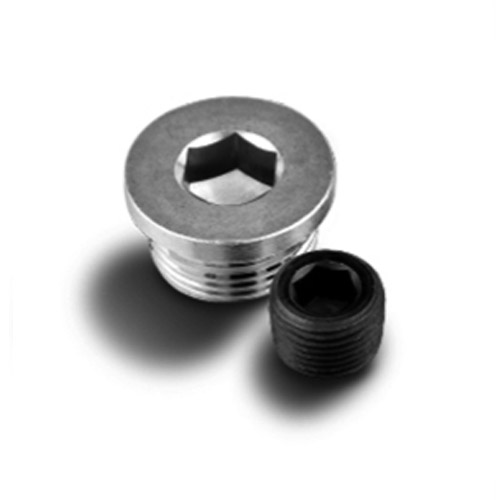

stud bolt nut washer - a fastener
Nov . 11, 2024 10:03 Back to list
stud bolt nut washer - a fastener
Understanding Studs, Bolts, Nuts, and Washers The Essentials of Fasteners
Fasteners are an integral part of engineering and construction, playing a critical role in joining materials together. Among the various types of fasteners, studs, bolts, nuts, and washers are commonly used in numerous applications, from automotive manufacturing to building construction. This article aims to provide a comprehensive overview of these essential components, highlighting their functions, types, and importance in various industries.
Studs The Foundation of Fastening
A stud is a type of fastener that is basically a rod with threads on both ends. Unlike a bolt, which has a head, a stud typically does not have a head on either end. Studs are designed to be inserted into a threaded hole of a material, allowing a nut to be screwed onto one or both ends. This design offers a wide range of applications, particularly in settings where a large amount of tensile strength is required.
Because they can provide superior load-bearing capabilities, studs are often used in construction and heavy machinery. They allow for more flexibility in construction assemblies, as they can be installed deep into materials, providing a stable and robust fastening solution.
Bolts The Versatile Fastener
Bolts are perhaps the most well-known type of fastener. They are characterized by a head at one end and a threaded shaft that accommodates a nut. The primary purpose of a bolt is to hold two or more objects together, with the nut providing the necessary clamping force when tightened. Bolts come in various grades and materials, which allows engineers to select the appropriate type for specific applications.
In construction and manufacturing, bolts are essential in large structures, machines, and vehicles. They can be found in everything from bridges and towers to cars and airplanes. The versatility of bolts, along with their availability in numerous sizes, materials, and finishes, makes them indispensable in industries requiring durable and reliable fasteners.
stud bolt nut washer - a fastener

Nuts The Locking Mechanism
Nuts are hexagonal or square blocks with internal threads designed to be paired with bolts or studs. They serve the purpose of locking the bolt or stud in place, preventing it from loosening due to vibrations or other forces. The superior gripping action of nuts is crucial in construction and machinery applications, where safety relies on the integrity of the fastened joint.
Various types of nuts exist, including lock nuts, which have added features to resist loosening. The combination of bolts and nuts is standard practice in numerous applications, ensuring that assemblies maintain structural integrity over time.
Washers The Unsung Heroes
Washers are often overlooked but play a vital role in ensuring that fasteners function effectively. They are flat discs usually made of metal or plastic, featuring a hole in the center to fit over a bolt or stud. The primary purpose of a washer is to distribute the load of the fastener, create a smooth surface for the nut or bolt to tighten against, and prevent damage to the material being fastened.
There are various types of washers, including flat washers, lock washers, and spring washers, each serving different purposes. For instance, lock washers help to keep nuts secure by using friction to resist loosening. This underlines the importance of each component in ensuring the overall safety and effectiveness of the fastening assembly.
Conclusion
Studs, bolts, nuts, and washers are integral components of any fastening system. Together, they form a reliable interface for connecting various materials across numerous industries. Understanding the distinct roles and types of these fasteners is essential for engineers, manufacturers, and builders alike. Selecting the right type of fastener can mean the difference between a successful, safe project and potential failures. Thus, investing time in understanding these components can lead to more effective, durable, and safe constructions. By mastering the nuances of fastening technology, individuals can ensure that their structures and machines last longer and operate more effectively.
Latest news
-
Hot Dip Galvanized Bolts-About LongZe|High Strength, Corrosion Resistance
NewsJul.30,2025
-
High-Strength Hot Dip Galvanized Bolts - Hebei Longze | Corrosion Resistance, Customization
NewsJul.30,2025
-
Hot Dip Galvanized Bolts-Hebei Longze|Corrosion Resistance&High Strength
NewsJul.30,2025
-
High-Strength Hot-Dip Galvanized Bolts-Hebei Longze|Corrosion Resistance&High Strength
NewsJul.30,2025
-
Hot Dip Galvanized Bolts-Hebei Longze|Corrosion Resistance&High Strength
NewsJul.30,2025
-
Hot Dip Galvanized Bolts - Hebei Longze | Corrosion Resistance, High Strength
NewsJul.30,2025

